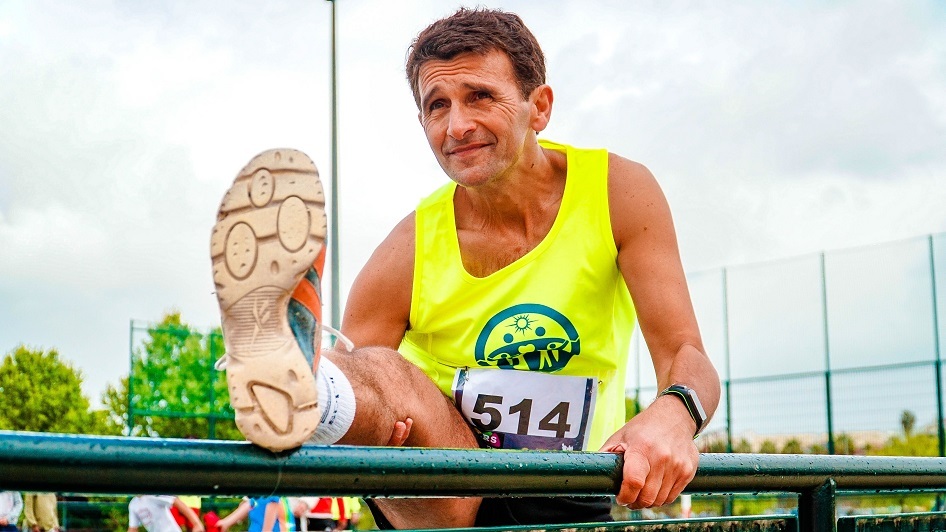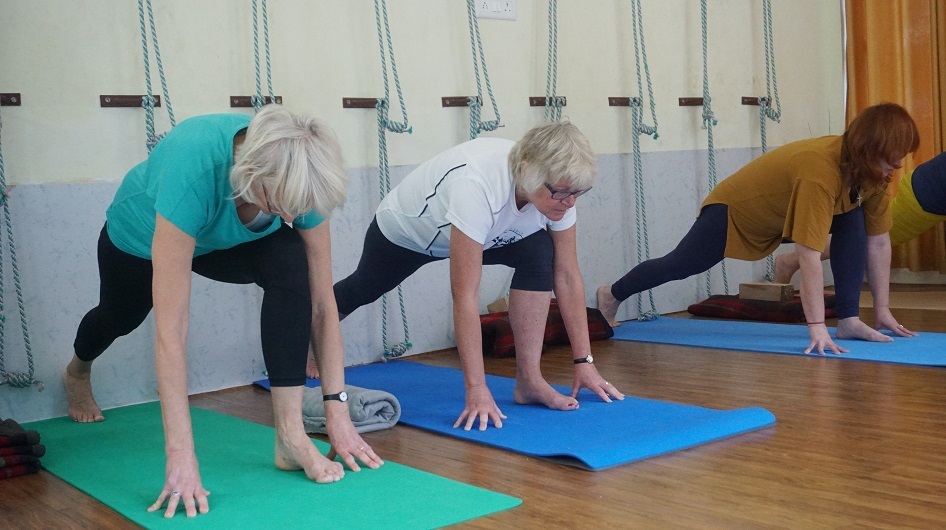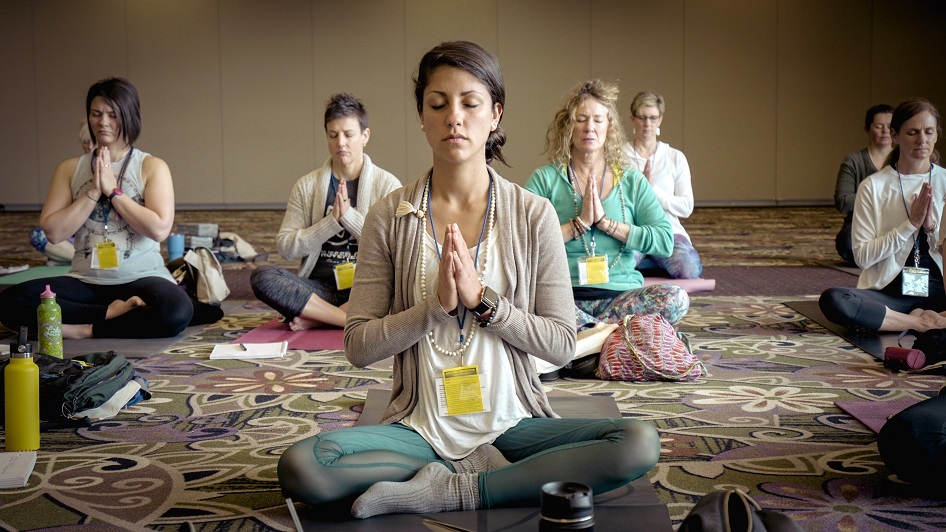Recently, the IHRSA Foundation partnered with the American Council on Exercise (ACE) to promote the inclusion of people with intellectual disabilities (ID) in fitness opportunities. A key part of the project was a survey to understand the perspective of people with intellectual disabilities and learn more about their experiences with gyms and gym-based programs.
Funding for this work came from the Special Olympics' Inclusive Health Innovation Grant supported by the U.S. Centers for Disease Control and Prevention (CDC). Five key findings from the survey show that community support is crucial to the inclusion of people with ID in fitness.
The survey was shared through Special Olympics programs and affiliates, and with Health Messengers, who shared the survey on their social media channels. A total of 306 people filled out the survey. The majority of respondents were between the ages of 18-49, lived with family, had been physically active prior to the COVID-19 pandemic, and considered their health good or better. Roughly half had been using a gym before COVID-19, while half reported not using a gym recently.



